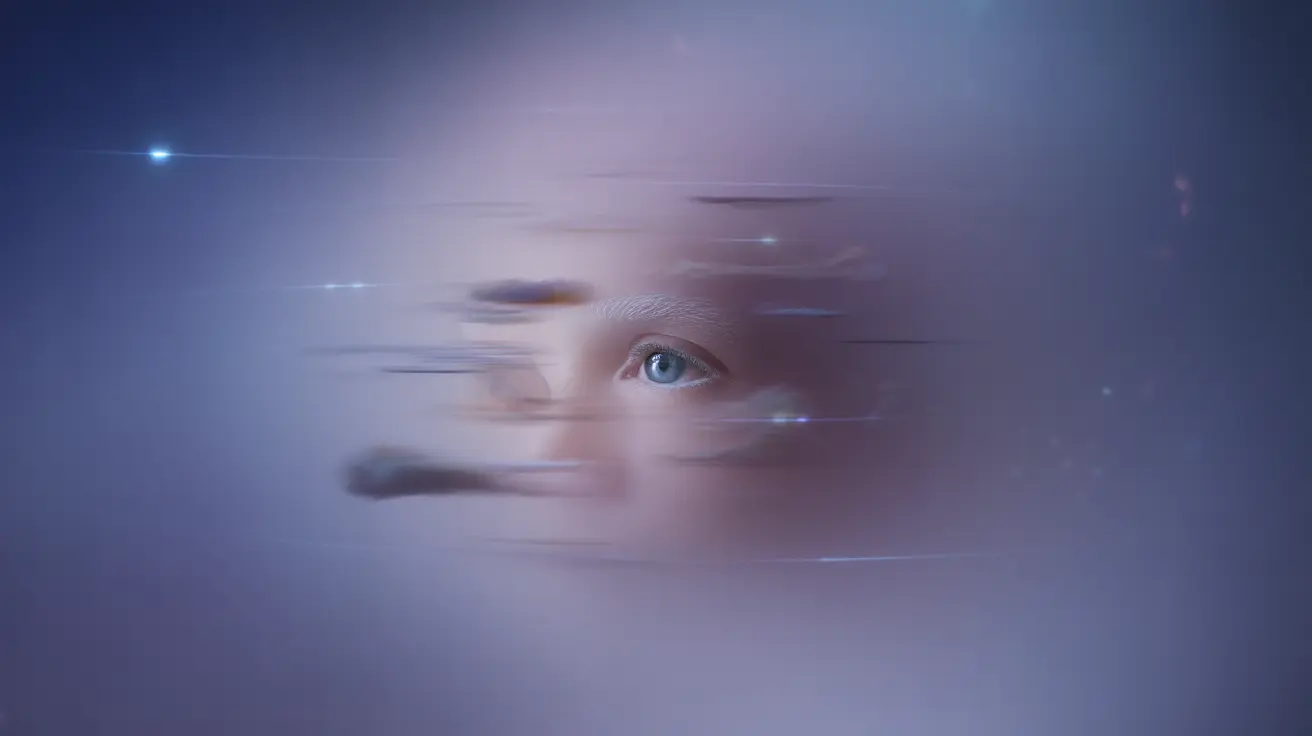Visual disturbances can be concerning and often signal underlying health conditions that require attention. These changes in vision can range from mild irritations to serious medical emergencies, making it crucial to understand their various causes and know when to seek immediate medical care.
This comprehensive guide will explore the different types of visual disturbances, their potential causes, and the important warning signs that indicate you should consult a healthcare provider.
Common Types of Visual Disturbances
Visual disturbances manifest in several ways, each potentially indicating different underlying conditions:
- Blurred vision
- Double vision (diplopia)
- Floating spots or floaters
- Flashing lights
- Zigzag patterns
- Blind spots
- Light sensitivity
- Visual field loss
Understanding the Causes
Migraine-Related Visual Disturbances
Migraines frequently cause distinct visual symptoms, often referred to as auras. These typically present as:
- Shimmering zigzag lines
- Expanding blind spots
- Flashing lights
- Colorful patterns
These symptoms usually resolve within an hour and may occur before or during a migraine headache.
Eye-Related Conditions
Several eye conditions can trigger visual disturbances:
- Retinal detachment
- Glaucoma
- Cataracts
- Macular degeneration
- Eye strain or fatigue
Systemic Health Conditions
Various systemic conditions can affect vision:
- Diabetes
- High blood pressure
- Multiple sclerosis
- Stroke
- Brain tumors
- Temporal arteritis
Emergency Warning Signs
Certain visual symptoms require immediate medical attention:
- Sudden vision loss in one or both eyes
- Sudden onset of double vision
- Curtain-like darkness moving across your field of vision
- Sudden flashes of light accompanied by new floaters
- Visual changes accompanied by severe headache or weakness
Prevention and Management
While not all visual disturbances can be prevented, several strategies can help maintain eye health:
- Regular eye examinations
- Blood sugar control for diabetic patients
- Blood pressure management
- Proper eye protection
- Regular screen breaks
- Adequate lighting while reading or working
Frequently Asked Questions
What are visual disturbances a sign of and when should I see a doctor?
Visual disturbances can signal various conditions ranging from mild eye strain to serious medical emergencies. See a doctor immediately if you experience sudden vision loss, new floaters with flashes, or visual changes accompanied by severe headache or weakness. Regular visual changes should be evaluated during routine eye exams.
What underlying conditions can cause sudden double vision or blurred vision?
Sudden double vision or blurred vision can be caused by stroke, multiple sclerosis, brain tumors, migraine auras, or eye conditions like retinal detachment. These symptoms require prompt medical evaluation to determine their cause and appropriate treatment.
How can migraines cause visual disturbances like flashes or zigzag patterns?
Migraine auras occur when waves of abnormal electrical activity spread across the visual cortex of the brain. This typically causes temporary visual phenomena like zigzag lines, flashing lights, or blind spots that usually last 20-60 minutes before resolving.
What are the emergency signs of retinal detachment or stroke related to vision changes?
Emergency signs of retinal detachment include sudden flashes of light, new floaters, or a curtain-like shadow moving across vision. Stroke-related vision changes often include sudden vision loss in one or both eyes, double vision, or loss of visual field, typically accompanied by other neurological symptoms.
Can diabetes or high blood pressure cause visual disturbances and how are they managed?
Yes, both diabetes and high blood pressure can cause visual disturbances. Diabetic retinopathy occurs when high blood sugar damages blood vessels in the retina, while hypertensive retinopathy results from chronic high blood pressure. Management includes controlling blood sugar and blood pressure through medication, diet, and lifestyle changes, along with regular eye examinations.




